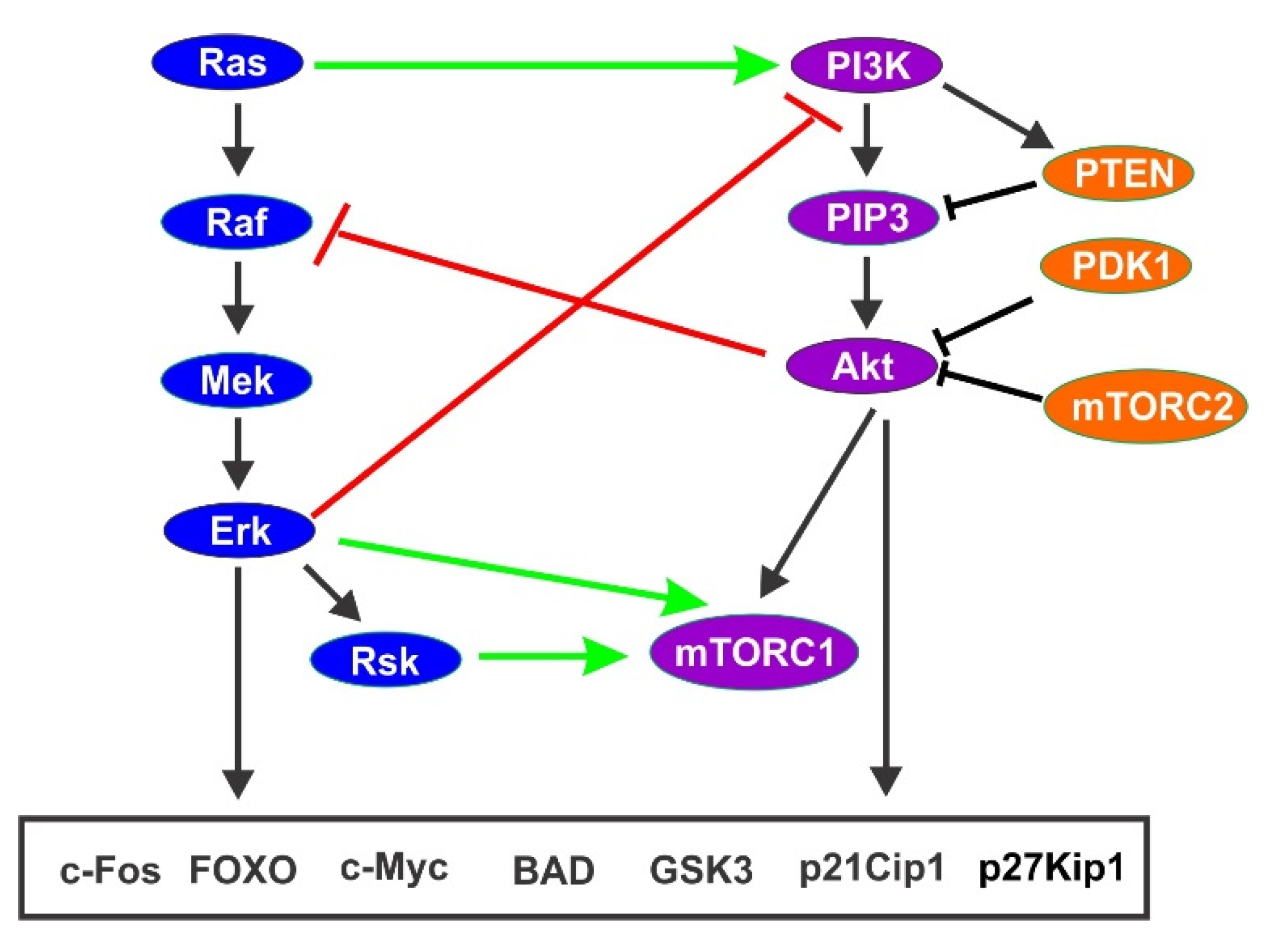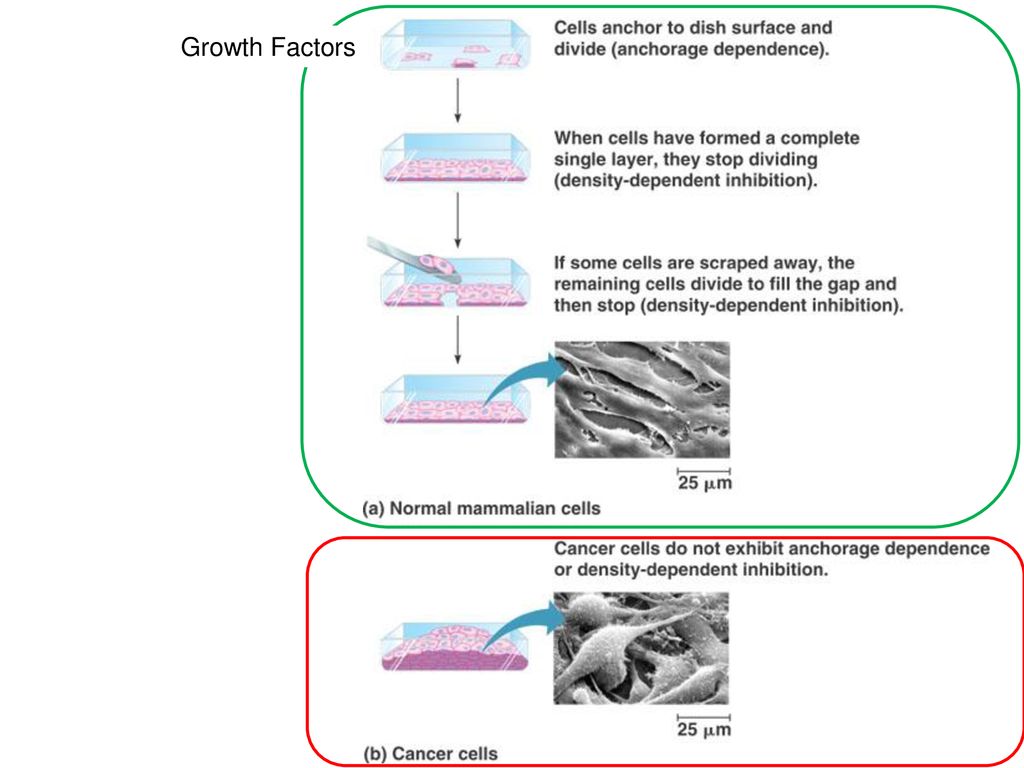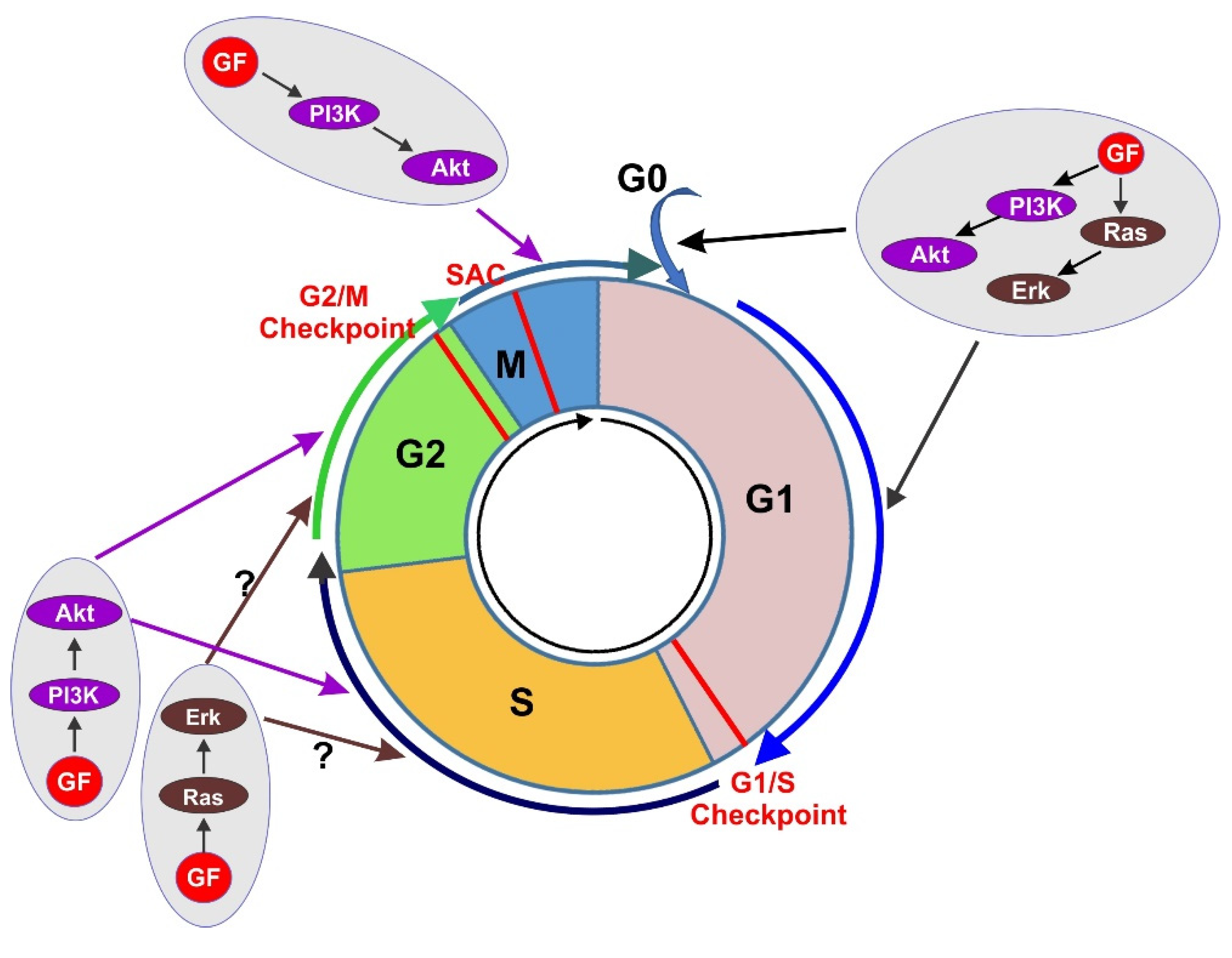Regulation of Cell Cycle Progression by Growth Biology Diagrams The cell cycle is the series of events that take place in a cell that drives it to divide and produce two new daughter cells. Through more than 100 years of efforts by scientists, we now have a much clearer picture of cell cycle progression and its regulation. Wang Z (2021) Regulation of cell cycle progression by growth factor-induced cell A growth factor, as initially defined, is a secreted biologically active molecule that can affect the growth of cells. This definition has become expanded to include secreted molecules that promote or inhibit mitosis or affect cellular differentiation. Growth factors can act on specific cell surface receptors that subsequently transmit their growth signals to other intracellular components and

Growth factors are proteins that play a pivotal role in regulating cellular processes, including cell proliferation, differentiation, and survival. These molecules act as signaling agents that bind to specific receptors on the cell surface, initiating a cascade of intracellular events that drive the cell cycle forward. Cell cycle analysis of cells after 24 h of growth factor withdrawal indicated that >95% of cells had arrested in G 0 /G 1, regardless of the starting growth factor concentration in the deprived culture (data not shown). Despite this finding, significant percentages of the cells grown at lower concentrations of IL-3 were still alive at 48 h and

10.3 Control of the Cell Cycle Biology Diagrams
Mitogens, which stimulate cell division, primarily by relieving intracellular negative controls that otherwise block progress through the cell cycle. 2. Growth factors, which stimulate cell growth (an increase in cell mass) by promoting the synthesis of proteins and other macromolecules and by inhibiting their degradation. 3. Cell proliferation progresses through the following cell cycle phases: The G1 Phase is associated with cell growth and metabolic activity, the synthesis of mRNA and enzymes required for DNA replication. Organelle duplication occurs. The S Phase involves DNA replication. The G2 Phase is the final growth phase before cell division starts. The

By overriding checkpoints that keep cells in rest or G 0 state, growth factors initiate entry to the full cell cycle, toward cell division. Growth factors come from several sources in the body, like platelets, fibroblasts, and skin and nerve cells. or cell death. Growth factors and mitogens can both cause a robust chain reaction of cell

Cell Cycle Progression and Synchronization: An Overview Biology Diagrams
The G 1 Checkpoint. The G 1 checkpoint determines whether all conditions are favorable for cell division to proceed. The G 1 checkpoint, also called the restriction point (in yeast), is a point at which the cell commits to the cell division process. External influences, such as growth factors, play a large role in carrying the cell past the G 1 checkpoint. In addition to adequate reserves and

However, the driving force of cell cycle progression is growth factor-initiated signaling pathways that control the activity of various Cdk-cyclin complexes. While the mechanism underlying the role of growth factor signaling in G1 phase of cell cycle progression has been largely revealed due to early extensive research, little is known
